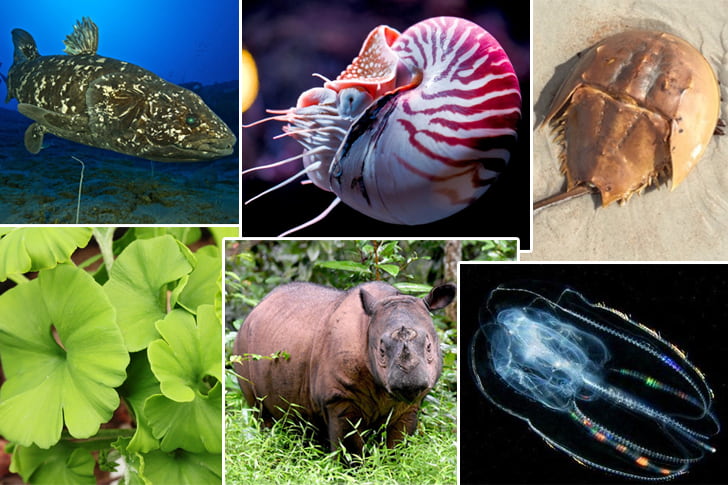
If it wasn’t for evolution, the world would have been entirely different than how we know it to be today. Even though many species have evolved, sometimes beyond our understanding, there are some that have remained relatively the same, over the centuries.
By analyzing these living fossils, we will, hopefully, be able to further understand the world we live in. They might not be great in numbers, however, there are a variety of species whose DNA has remained the same for millions upon millions of years. We'll be discovering what they are and where they can be found.
Ctenophora - Exists Since 525,000,000 B.C.
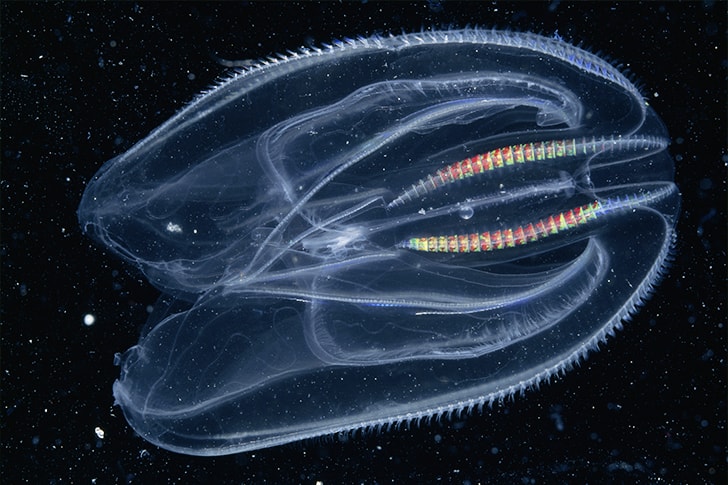
Originating from as far back as 525 million years, Ctenophores are also considered to be one of the oldest species on this earth. They are also called comb jelly, due to their unique comb-like tentacles that they use to catch their prey.
Their sizes range from a third of an inch to almost five feet, while their diet mostly consists of other ctenophores, zooplanktons or even krill, depending on the species. They may also be seen with or without tentacles, and with large or small mouths. What’s also extraordinary about these organisms is that they possess both male and female organs.
Coelacanth - Exists Since 360,000,000 B.C.

The coelacanths’ existence wasn’t a surprise to scientists since their fossils had been found before. However, when they discovered one alive in 1938, just outside the coast of South Africa, they realized they might’ve never gone extinct, to begin with. Ironically, by being more than 6-foot long they are somewhat hard to miss!
The coelacanths are the oldest-known relative of the saropterygii, and until their re-discovery, they were thought to have gone extinct, 66 million years ago. They’re probably closer to tetrapods than any other sea animal alive. Despite their large size, however, we wouldn’t recommend feasting on one, as eating them can cause diarrhea and, or vomiting.
Australian Ghostshark - Exists Since 420,000,000 B.C.

This species is known by many different names. It’s called the Elephant Shark, the Australian ghostshark or just Makorepe, however, it is not a shark, but more like a distant cousin. They are considered to be a species of chimera. What’s interesting about them though, is that they’ve changed very little for the past 450 million years.
As a matter of fact, they have one of the slowest-evolving genomes to ever be found in any other vertebrate. They live off south Australia in depths of up to 656 feet and their sizes are relatively small, with males usually being around 1.6 feet long and females usually up to 2.3 feet.
Horseshoe crab - Exists Since 450,000,000 B.C.
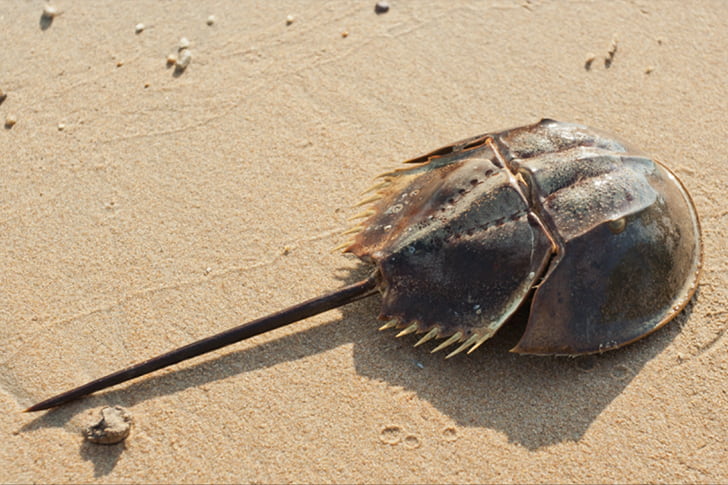
Even though the word crab is associated with their name, Horseshoe crabs are, in fact, no crabs at all. Instead, they are more closely related to spiders, as they belong to a sister group of the Ricinulei within the Arachnida class. They have remained partly unchanged for over 450 million years, making them even older than dinosaurs!
However, they’re almost endangered, given that their blue blood, which is filled with carbon, is being harvested for pharmaceutical testing. Their blood has the unique ability to detect if a vaccine or medicine is contaminated with bacteria like e-Coli and salmonella. Horseshow crabs are related to the already-extinct sea scorpions, the largest arthropods to ever exist.
Fig Wasp - Exists Since 34,000,000 B.C.
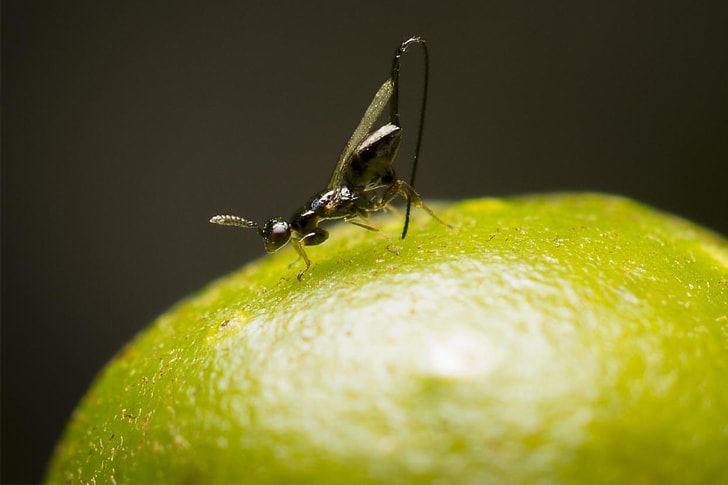
The relationship between fig wasps and fig trees has been constantly evolving for 70 to 90 million years. They are now mutually co-dependent on each other for their reproduction and therefore, existence. What’s interesting though, is how little the fig wasps are thought to have changed over the years.
In 2010, a 34 million-year-old fossil that was identified to be an ant was re-analyzed and revealed to be a fig wasp. Therefore, even though the figs and the wasps have been evolving together for so many years, the wasps themselves have remained unchanged.
Ginkgo Biloba - Exists Since 270,000,000 B.C.

The Gingo Biloba trees are considered to be one of the oldest trees to exist today. They are called by many different names, mainly ginkgo or maidenhair trees. They exist primarily in China, and fossils of them have been found, dating back to 270 million years ago.
Such trees have been used as traditional medicine and are thought to help with memory loss. As a matter of fact, they are studied in relation to Alzheimer's disease, however, no actual evidence of the Gingo Biloba helping to treat the illness has been found. Today, they are used to make bonsai and penzai trees by being kept artificially small.
Cycad - Exists Since 280,000,000 B.C.
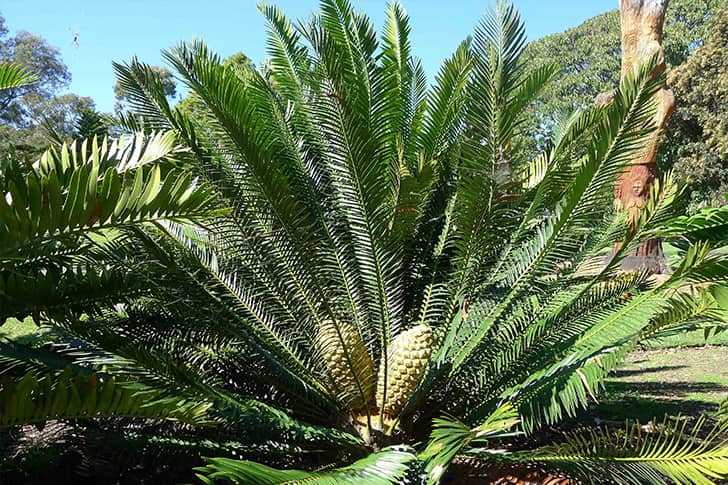
Continuing with peculiar trees, the Cycads are believed to have existed, without alteration, since the early Permian period about 280 million years ago. The trees grow incredibly tall and can live to be 1,000 years old! They are often mistaken for palm trees or ferns, but in fact, they aren’t that closely related.
Cycads are so complex and old, that an entire species of beetle has evolved with the core purpose of pollinating them. They have many cyanobacteria living in their roots that are hypothesized to pollute their seeds with a neurotoxic substance that could possibly be associated with some neurological diseases in humans.
Protanguilla Palau Eel - Exists Since 200,000,000 B.C.
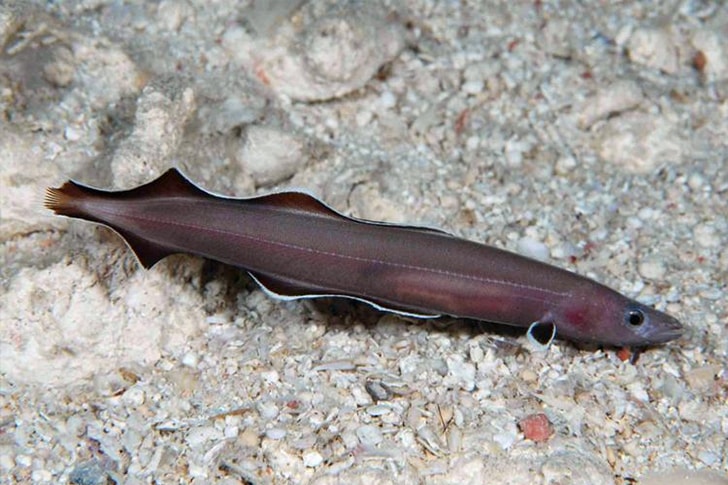
In 2010, the Protanguilla Palau Eel was discovered in an underwater cave on the coast of Palau in the western Pacific Ocean. It was a ground-breaking discovery given the similarities this little eel-type animal shares with eels, previously only found in fossils and with boned fish.
As a result, this little fella created an entirely different eel-family in which it sits all by itself, the protanguillidae. Scientists believe that its evolution began separately from other eels about 200 million years ago, in the Mesozoic era. They also have quite a small body, being up to seven inches long.
Nautilus - Exists Since 500,000,000 B.C.
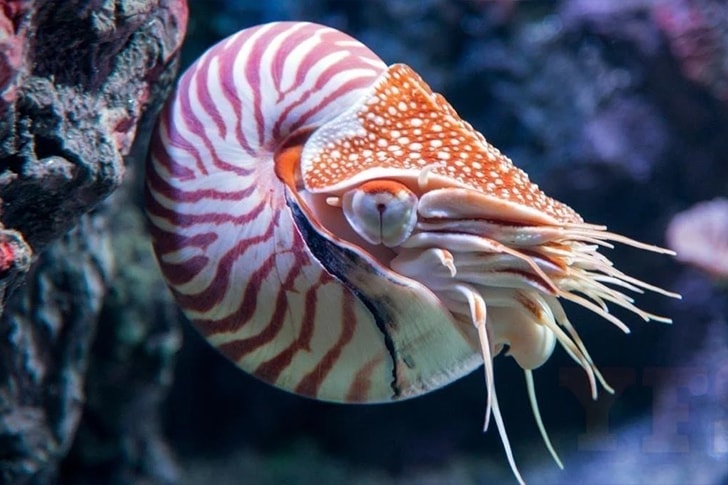
It’s no secret how unique these marine mollusks are. They are called Nautilus, which comes from the ancient Greek word for sailor, and are believed to have remained relatively unchanged for almost 500 million years! They can now only be found in the indo-pacific region in depths up to 2,300 feet.
They are characterized by their curved and smooth shells. Despite its pretty looks, the Nautilus is actually a sea predator that eats crabs, lobsters or any kind of dead sea animals. They used to grow up to eight feet, however, nowadays, they rarely exceed eight inches in diameter.
Cancerous Tumors - Exists Since 240,000,000 B.C.
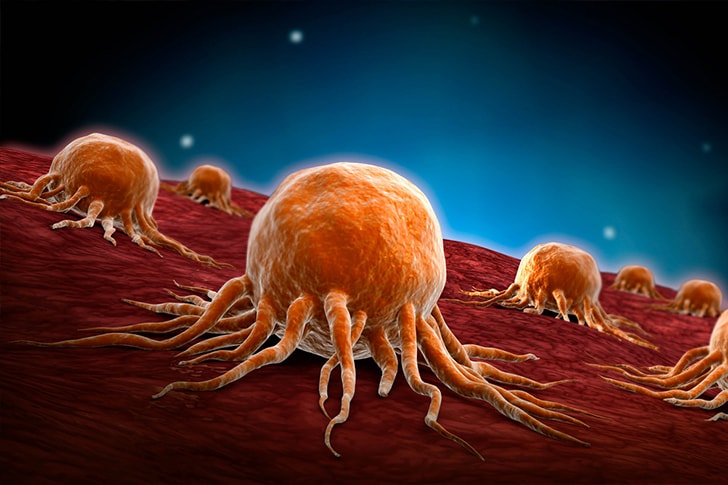
This one’s a bit controversial, but there have been numerous recent studies that support this claim. When multicellular organisms became a thing, a system had to be invented to stop the replication that was taking place in the single-celled organisms, and cancer is thought to be caused by the malfunction of that very system.
Now, some scientists think that cancer was not simply linked to the early animals but is an early, 600-million-year-old animal itself. In any case, after discovering what seemed to be a malignant tumor in a 240-million-year-old turtle bone, it’s almost certain that cancer is a defect that’s deeply rooted in all living organisms.
Dawn Redwood - Exists Since 250,000,000 B.C.
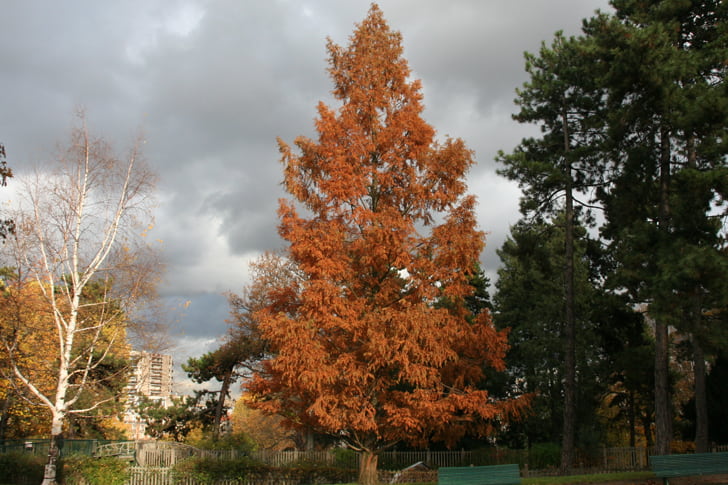
Although the Metasequoia tree is native to China, since its re-discovery in 1944, it has been distributed throughout the world. They are fast-growing trees that shed their leaves and are also known by the name Dawn Redwood. It turns out, they are the only living species of the redwood genus.
While they are the shortest of the redwoods, they grow up to at least 165 feet tall and their fossils have been found all over the northern hemisphere. They now grow mainly in China, in London, as street trees, and in the Strawberry fields section of Central Park as a symbol of eternal renewal, to help John Lennon's legacy live on.
Wollemia - Exists Since 200,000,000 B.C.
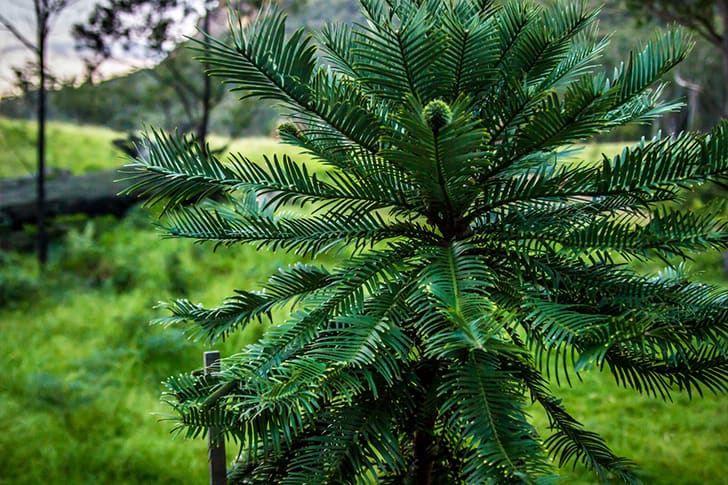
They might be widely known as the Wollemia pine trees, but the Wollemia tree is actually not a part of the genus Pinus. Wollemia is an evergreen coniferous tree that belongs to the Araucariaceae family, and when it was first noticed in 1994, it didn’t match any other known living trees.
Furthermore, it can only be associated with tree fossils that date back to at least 200 million years ago! They're critically endangered and are protected legally in Australia, meaning, a person could go to court for harming one. Their most unique characteristic is their bark, which is known to resemble the Coco Pops cereal!
Sumatran Rhino - Exists Since 15,000,000 B.C.
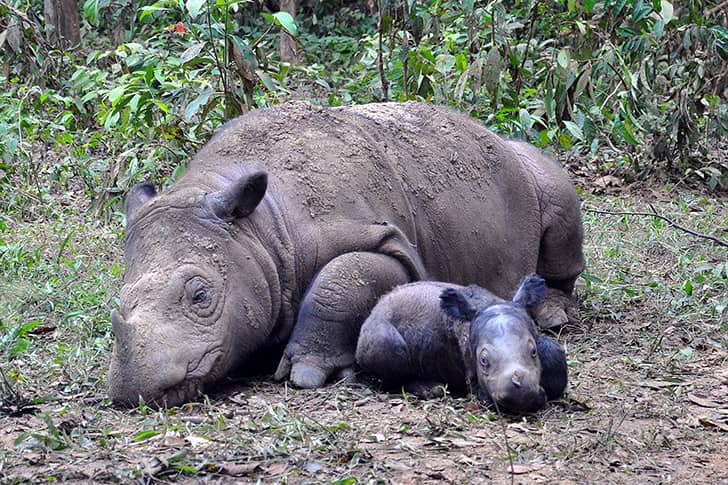
Sumatran Rhinos are the oldest within the Rhinocerotidae family, having first emerged 15 million years ago, and they are, arguably, the cutest. They go by other names like the hairy rhinoceros, and also, the Asian two-horned rhinoceros. Today, they are critically endangered, with only five populations in Sumatra and Sichuan.
The last male rhinoceros in Malaysia recently passed away, in May 2019. As a species, they might be the smallest of their genus, but they still go up to 4.7 feet tall, 10 feet long and weigh up to 2,200 lbs, which is still, quite large!
Black and Rufous Elephant Shrew - Exists Since 30,000,000 B.C.
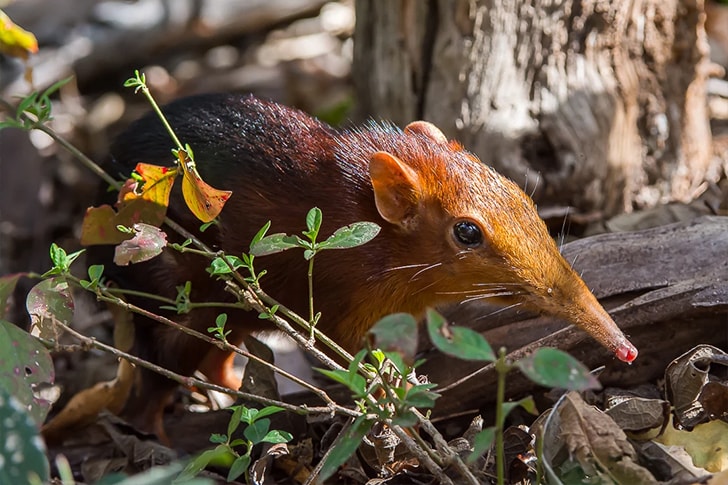
The case of the Black and Rufous Elephant Shrew is a rather peculiar one. They have changed families and genus over the years due to their incredible resemblance to the shrews. They are now considered to be apart of a much richer heritage, the sengi family, which has been present in Africa for at least 30 million years.
An adult version of this species can average up to eleven inches long while weighing an average of 1.5 pounds. They are found in the forests of Kenya and Tanzania, and they mostly consume insects such as termites. What makes them stand out is their proboscis, which they use to dig their food from the soil.
Alligator Snapping Turtle - Exists Since 20,000,000 B.C.
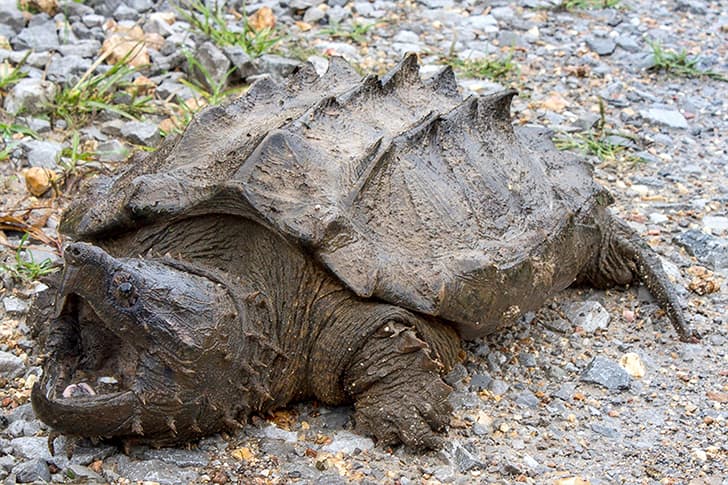
The Alligator Snapping Turtle looks terrifying and for good reason. They live in freshwater habitats located in the United States and the largest one to ever be documented weighed 249 pounds, however, it died in 1999. They, undoubtedly, look ancient, and that’s probably because they have remained relatively unchanged for about 20 million years.
They eat practically any small creature that's within their path and are one of the only living species of the Macrochelys genus. The Alligator Snapping Turtle can live from twenty up to seventy years old but they are reportedly facing extinction, with their numbers constantly decreasing.
Sponge - Exists Since 750,000,000 B.C.
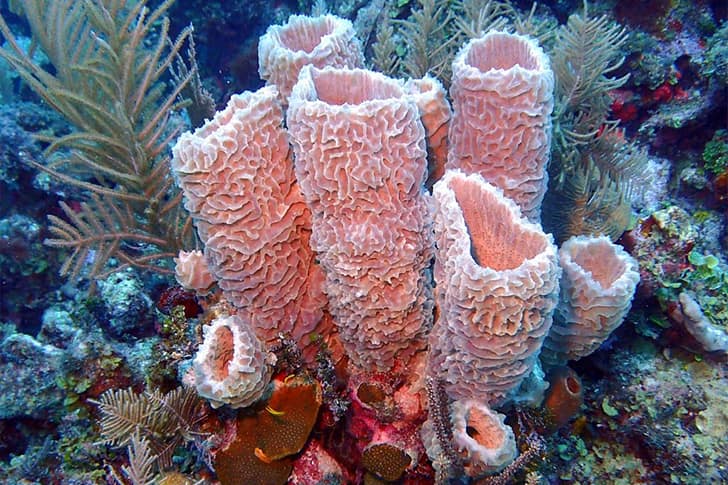
This might come as a surprise to some, but yes, sponges are living organisms. As a matter of fact, there is even a separate branch of zoology that studies them, called spongiology which can apparently be studied at universities! Sponges are members of the phylum called Porifera and are said to have existed even before the Cambrian explosion.
Some scientists even believe that sponges were around 750 million years ago. What’s more fascinating though, and probably news to most is that despite sponges not having a locomotive ability, they can actually move anywhere from 0.039 to 0.157 inches a day, across the seabed.
Jellyfish - Exists Since 750,000,000 B.C.
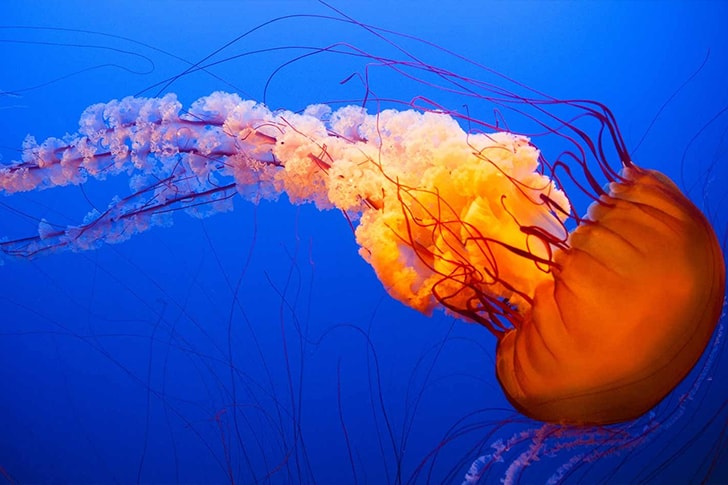
Due to their soft bodies, jellyfish hardly ever survive in fossil form, and so, determining when they first appeared proved to be a difficult task. However, there have been jellyfish fossils that date back to 500 million years! They are free-swimming marine creatures that can be found practically all around the world.
They come in many different sizes and forms, and are known to consume planktonic organisms which sometimes include other types of jellyfish! They are also subject to fishing, as they can be used for their collagen. In some countries, they are considered a delicacy!
Frilled Shark - Exists Since 80,000,000 B.C.
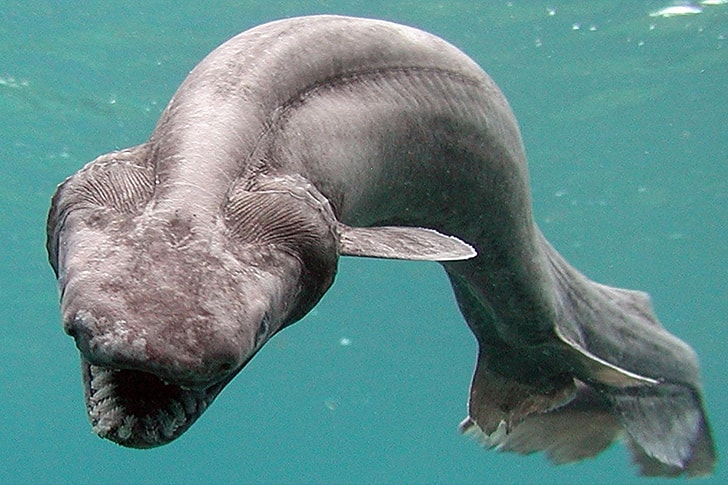
The frilled shark might seem like a creature out of a horror movie, but there’s nothing to worry about given how close to impossible it is to actually encounter one in real life. It is the last extant species of the Chlamydoselachus anguineus genus and lives mainly in the Pacific and the Atlantic Ocean.
Its serpent-like body is what makes this shark so terrifying. This species has not changed much in the past 80 million years and its elusive jaws allow it to swallow its prey almost entirely. Even though the frilled shark is generally seen in much shallower waters, they have been found as deep as 5,150 feet.
Neolecta - Exists Since 400,000,000 B.C.
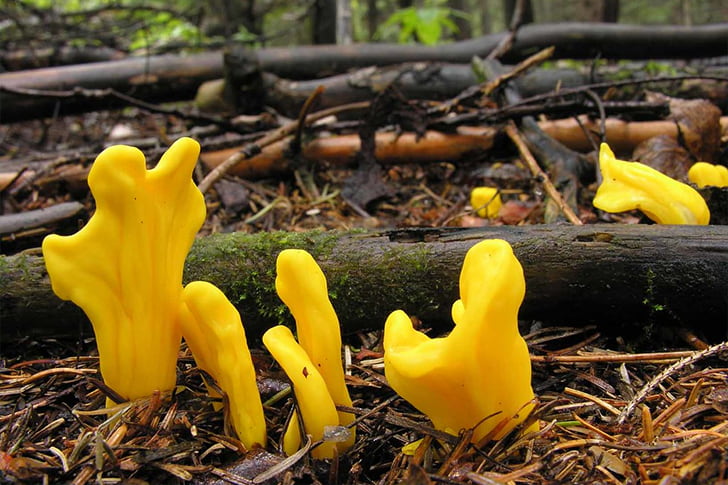
The bizarre shape of this fungus makes it look like it originated from an Avatar movie. The Neoloecta, however, are very much real, and given how little they have changed in the last 450 to 500 million years, they are of great importance in understanding the evolutionary route of their relative fungi.
The Neolecta is distinct for its bright yellow color and grows up to 2.7 inches tall. It's also believed to be edible, and does somewhat resemble melted cheese! The fungus is mainly located in Asia and North America but it has also been found in Europe and South Brazil as well!
The Platypus - Exists Since 167,000,000 B.C.
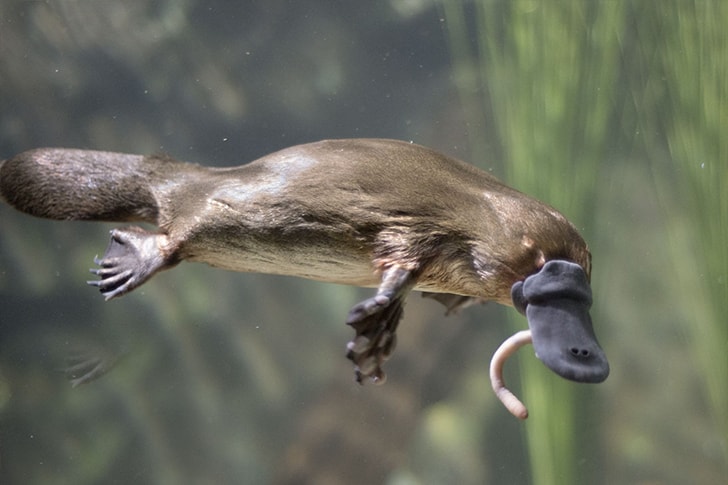
There is much to say about the Platypus; it practically breaks every rule of the animal kingdom. It is the only semiaquatic mammal, that lays eggs, is venomous and detects its prey through electrolocation. Even though its existence has baffled zoologists for centuries, platypus-like fossils have been found that date back to 167 million years ago!
It is, however, the only living species of its family, the ornithorhynchidae. They used to be hunted down for their fur to make clothes, but thankfully, they are now protected. They can mainly be located in Australia and Tasmania, though their numbers have seriously decreased over the past century.
Martialis Heureka - Exists Since 50,000,000 B.C.
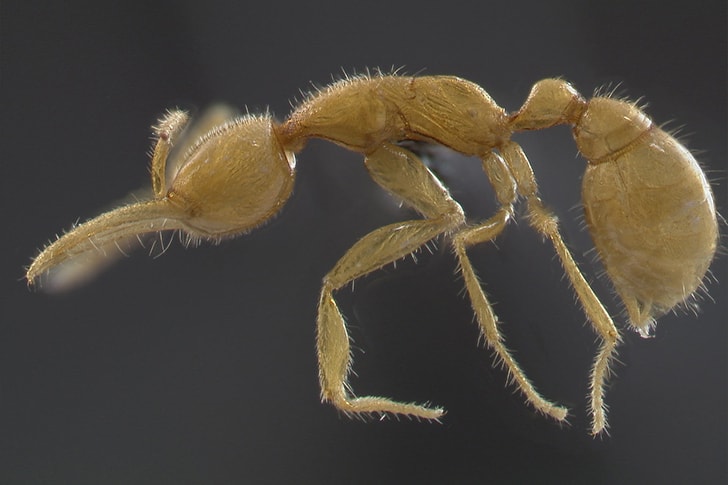
There is relatively very little known about the Martialis Heureka. It is an ant species that can be found underground in the Amazon rainforest and only three specimens of its kind have ever been studied. The Martialis Heureka is thought to be the only member of its subfamily, the Martialinae.
Scientists reason that these subterranean ants have remained unchanged for approximately 50 million years. They are one of the main examples of the countless surprises that lay in such tropic regions. They were last found and collected by a graduate student at the University of Texas at Austin, back in 2003.
Velvet Worm - Exists Since 430,000,000 B.C.
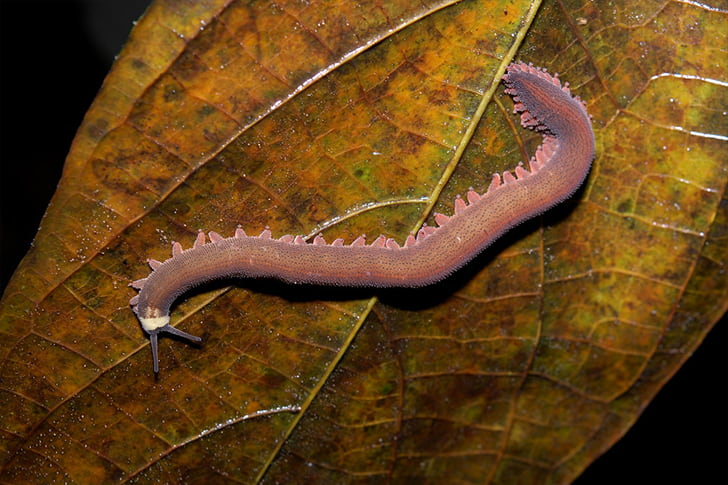
Velvet worms go by many names like onychophora or even peripatus. Velvet worms are distinctive due to their soft and long bodies and their numerous legs. They belong to the panarthropods phylum and they are known to eat insects that are smaller in size.
They are widely connected to the marine lobopodians that existed 540 million years ago, making them of huge palaeontological value. However, they are thought to have transformed into terrestrial creatures approximately 430 to 490 million years ago. They are also distinct due to their unusual mating behavior and for actually bearing and giving birth to their babies.
Opossum - Exists Since 70,000,000 B.C.
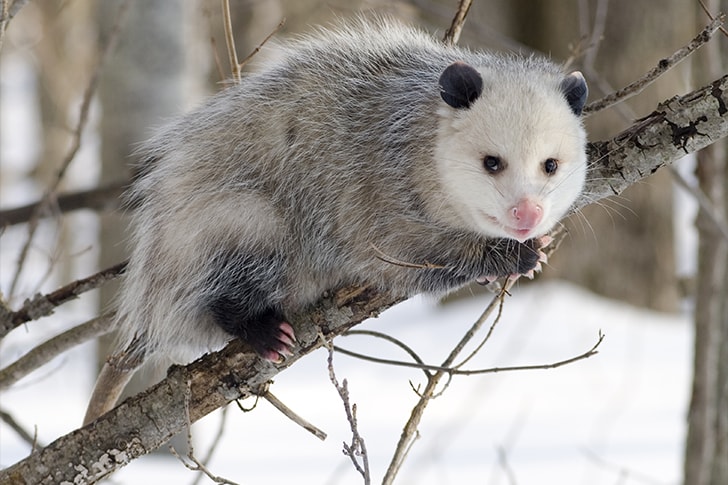
Though they are extremely common in the United States, and most people even call pest control on them, the truth is that the opossum is considered to be a living fossil. They have remained relatively the same for almost 70 million years. Opossums are native to the American continent, they are marsupials and belong to the didelphimorphia order.
They might seem threatening when cornered due to their hissing, showing of teeth, and growling, but they, reportedly, do not pose a threat to humans. Furthermore, when their attempts to threaten do not work, they involuntarily pass out, faking to be dead. Their size can be easily compared to that of a house cat.
Tuatara - Exists Since 200,000,000 B.C.
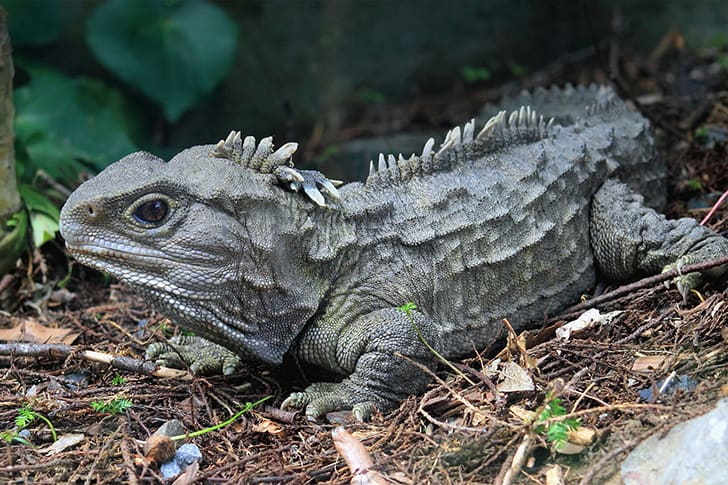
This reptile-looking creature is special to New Zealand and is called Tuatara. In Maori, its name means peaks on the back and while it resembles a lizard, it is most certainly not one. Tuataras belong to the order of the Rhynchocephalia, and in fact, they are the only living members of their lineage.
Tuataras are said to have surfaced approximately 200 million years ago. While they have been protected since the late 1800s, they have been used for their efficient rat removal services on occasion. They serve as a great example to study the earliest forms of the amniote tetrapods which include birds, crocodilians and even dinosaurs.
Okapi - Exists Since 18,000,000 B.C.
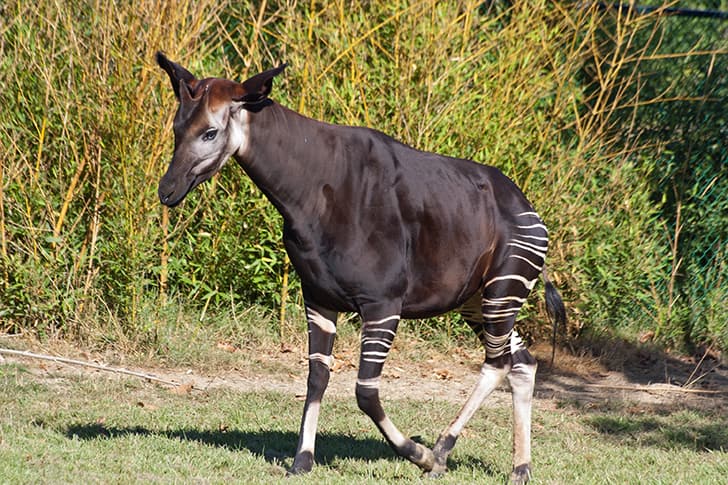
These stunningly beautiful creatures might look a bit more like zebras, but they’re closely related to giraffes. They are called the Okapi, Congolese or the zebra giraffe. They can only be found in Congo and are, unfortunately, an endangered species.
They are solitary herbivores that have remained in the same form for at least 18 million years. They average 4.9 feet tall and 8.2 feet long while they can weigh anywhere from 440 to 770 pounds. They are living fossils, not only due to their lengthy existence but also because of the morphological similarities they possess to primitive members of their order.
Lamprey - Exists Since 360,000,000 B.C.
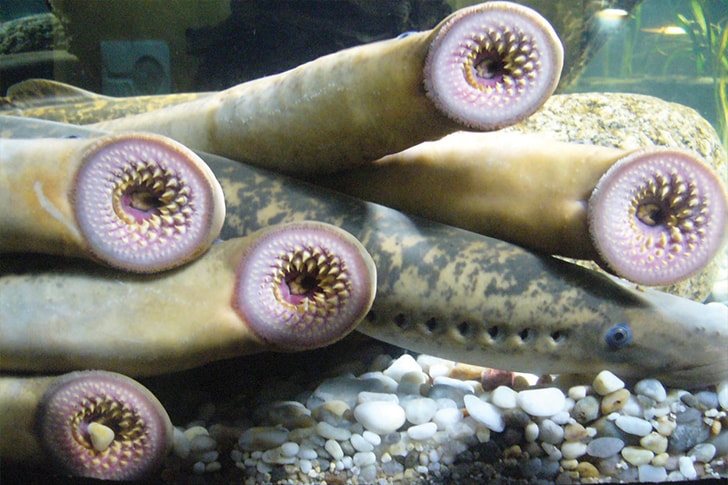
As scary as they may seem, the Lampreys have been consumed by humans for many years. They belong to an extant lineage of jawless fish and fossils similar to those alive today, dating back to 360 million years ago! These ancient parasitic marine creatures can be both blood-sucking carnivores, as well as, non-threatening creatures that live off larva.
They are intensely studied for their ability to delete approximately 20% of their DNA in order to recover. They are also used in biomedical researches to investigate their capability to communicate between neurons. They belong to the order of the Petromyzontiformes, within the superclass of the Cyclostomata.
Vampire Squid - Exists Since 300,000,000 B.C.
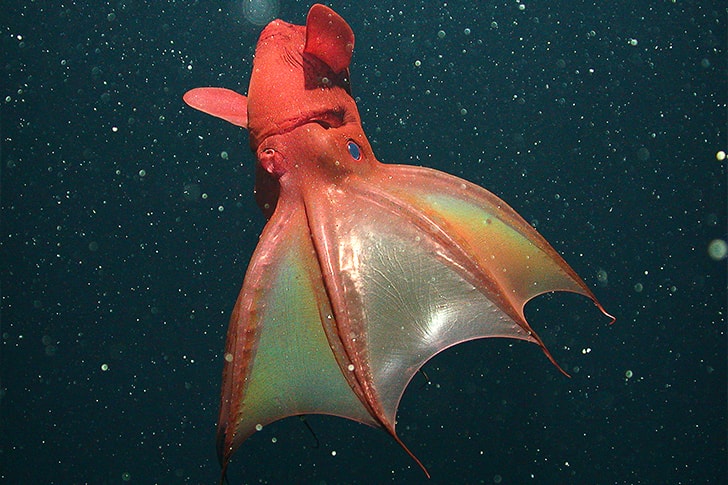
These unique deep-sea creatures are called the Vampire Squid. They were first classified as octopuses and later as squids, but in fact, they’re part of the cephalopod family. They live in tropical oceans in depths anywhere from 2,000 to 3,000 feet. They can grow up to 1 foot long while their colors may vary.
Given that they have remained relatively the same for almost 300 million years, they are living fossils of an epoch distant to the one we live in. While they don’t possess ink, they can almost turn inside out, exposing their spiny projections, creating light at will to either see or scare off predators.
Goblin Shark - Exists Since 125,000,000 B.C.
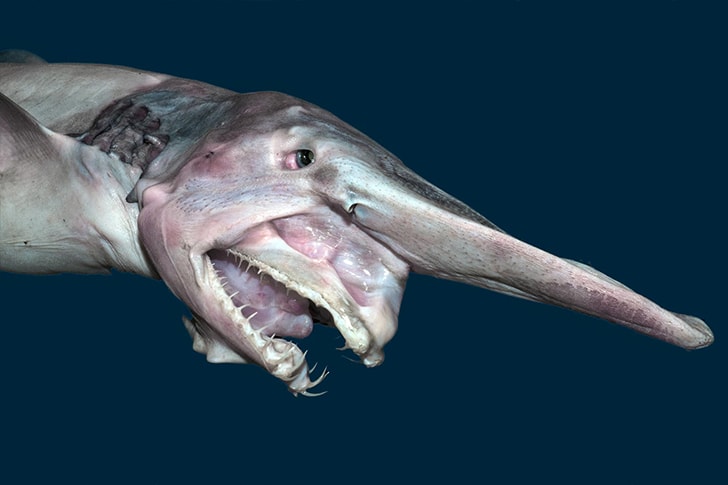
These sharks are definitely not the type you see on television. It's safe to say that they look ten times scarier. They come from the Mitsukurinidae family and have extinct parents like the Anomotodon and the Scapanorhynchus. Goblin sharks have remained un-evolved for approximately 125 million years.
They are deep-sea sharks that feed off of cephalopods, crustaceans and other fish. Their long and flat snout allows them to sense the electric fields of their prey, while also possessing killer nail-like teeth. Although rare, they are unlikely to become extinct due to their wide distribution.
Blaberus Giganteus - Exists Since 200,000,000 B.C.
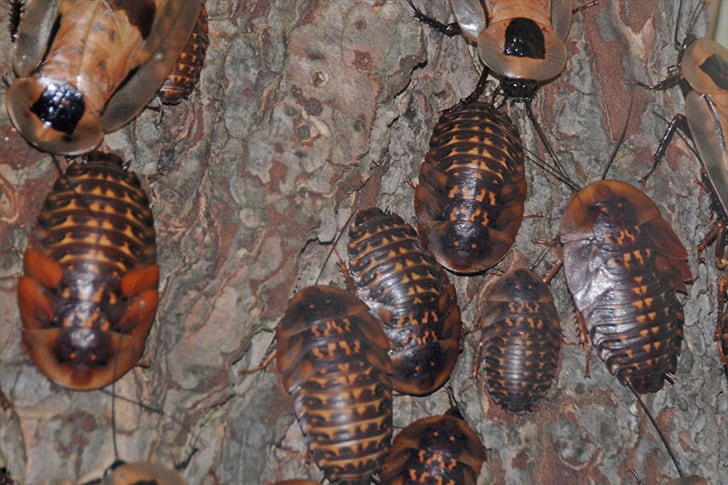
These incredibly large cockroaches are of great scientific importance given how similar they are to their closest winged insect relatives that lived on this planet about 200 million years ago. They are called the Blaberus Giganteus and are basically giant cockroaches that live in caves and tree hollows throughout the American continent.
They are studied for their incredible ability to overcome fungal infections, although it’s yet to be determined how biologically important they truly are. Blaberus Giganteus find the required nutrition to survive primarily through decaying plants, fruits and or seeds that are provided to them via bat feces.
Hagfish - Exists Since 300,000,000 B.C.
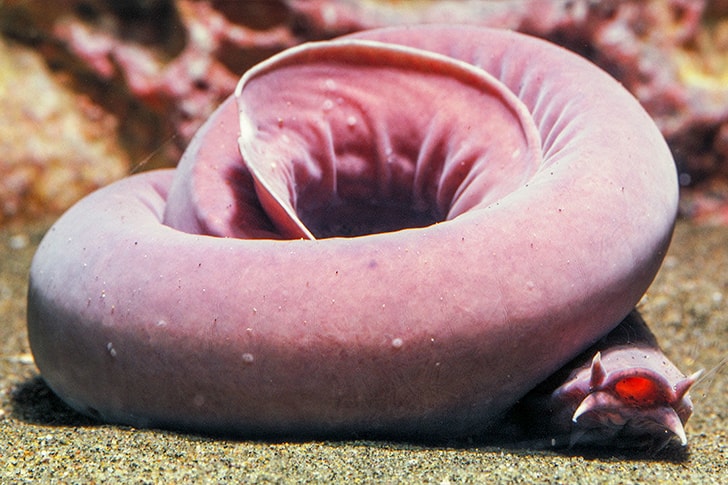
While they resemble eels, the Hagfish belongs to the Myxini class and to the cyclostome, or agnatha, group. They certainly look like something out of one’s nightmare and can live as deep as 5,500 feet. Plus, Hagfish can survive months without any food whatsoever, possessing the unique ability to absorb nutrients from their own skin.
The hagfish is also known as the slime eel, based on its extraordinary defense mechanism which allows it to produce gallons of slime when threatened. According to scientists, they have maintained the same form for over 300 million years. However, they are said to be on the verge of extinction, in spite of their unique adaptability.
Cyanobacteria - Exists Since 2,400,000,000 B.C.
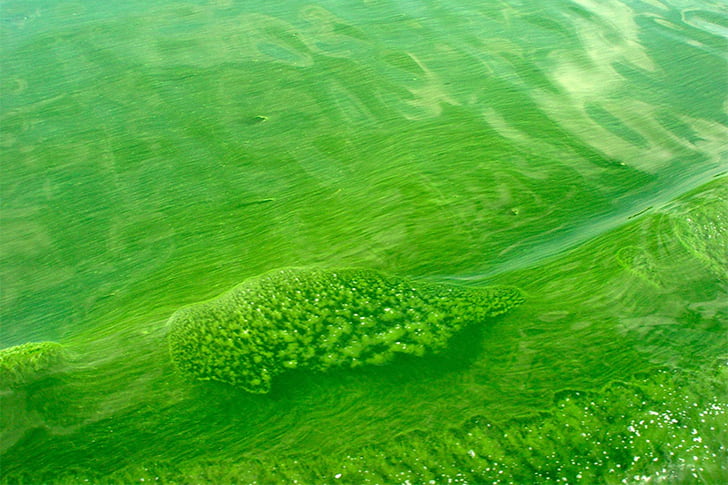
Some of the oldest living organisms on this earth are none other than these tiny life forms called cyanobacteria. Their name literally means green and blue bacteria, coming from the Greek word for their unique color. They are of such importance, that scientists tend to believe that without them, the world we know of would be completely different.
They produce their energy through photosynthesis, much like plants, making them one of the first organisms to ever produce oxygen. What’s also unique about them, is that they have the ability to modify their DNA, and they live in practically every body of water on this planet.
Komodo Dragon - Exists Since 3,800,000 B.C.
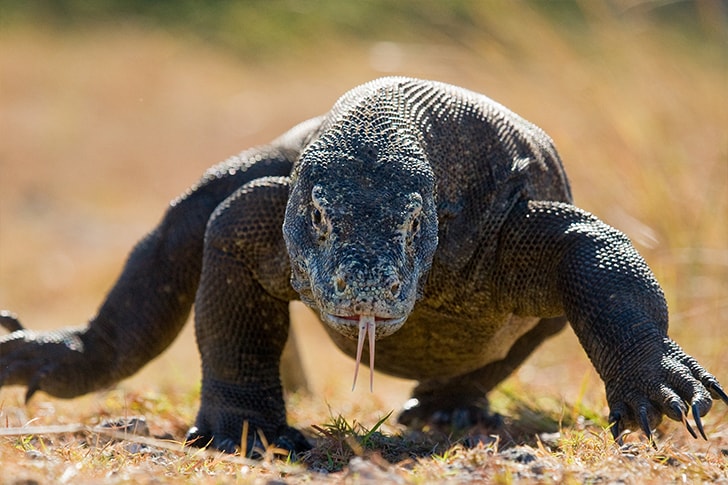
The Komodo dragon has rightfully earned its name, as it rules the ecosystem in which it lives. Komodo dragons can be found mainly in Indonesia and can reach lengths of up to 10 feet, weighing up to 150 pounds and possessing a speed of up to 12 mph. They also possess the capability of climbing trees using their powerful claws.
These creatures date back to 3.8 million years ago, however, members of their genus, the Varanus, originated approximately 40 million years ago. As if their capabilities weren’t scary enough, they also have a venomous bite. However, harming one could get a person arrested given that they are protected by law.
Crocodile - Exists Since 95,000,000 B.C.
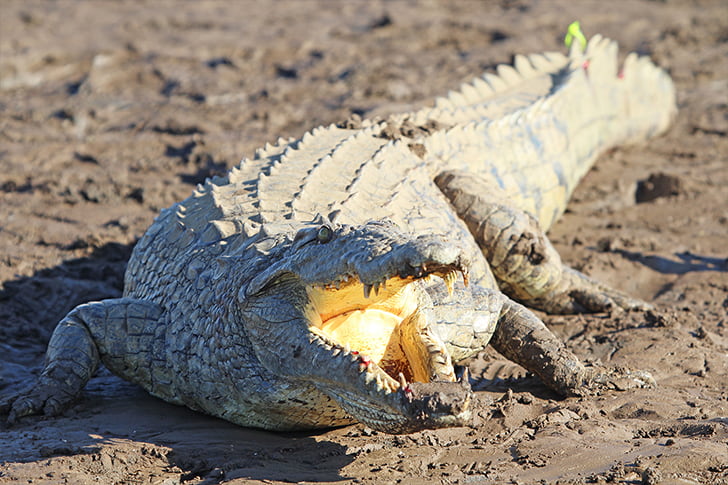
While there has always been a debate on whether or not crocodiles are considered to be living fossils, members of the crocodilian family date back to 250 million years ago. Just by looking at them, one can see the similarities between modern-day crocodiles and dinosaurs. However, that’s not entirely the case.
No matter how one sees it, crocodiles are a species of reptiles whose close relatives are dinosaurs and birds. They have evolved greatly over the past millions of years though. In fact, the first member of what is now the crocodilian family is said to have appeared approximately 95 million years ago.
